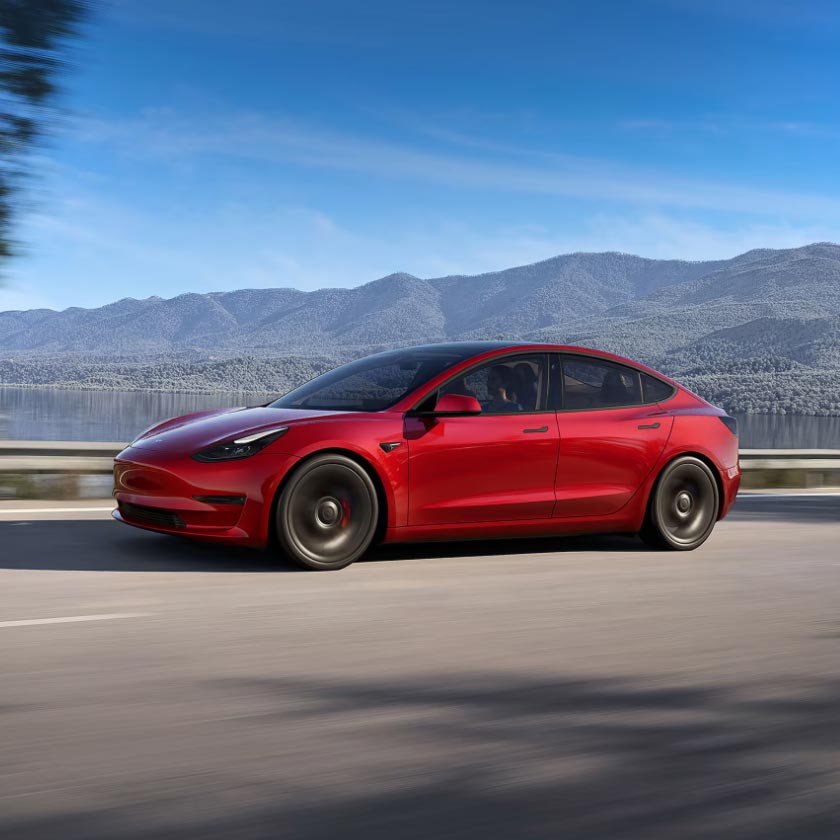SpaceX submitted a new filing to the Federal Communications Commission (FCC) on July 8, to request a Special Temporary Authority (STA) license to use Starlink communications during Starship's debut orbital flight. In the FCC filing, SpaceX outlined a new flight plan for the first orbital launch attempt which states that it might attempt to catch the Super Heavy rocket with the Starbase launch tower's robotic arms during the upcoming orbital flight test. The giant claw-like launch tower arm is designed to stack the 160-foot-tall Starship atop the 230-foot-tall Super Heavy rocket, as well as "catch" the vehicles after a spaceflight. Earlier this year, SpaceX founder Elon Musk shared a video animation of how the robotic arms could catch the booster, linked below.
The launch tower at Starbase will help stack Starship and catch the Super Heavy rocket booster pic.twitter.com/xXmonamEDA
— SpaceX (@SpaceX) February 11, 2022
Maybe something like this pic.twitter.com/PUBLdaewt8
— Elon Musk (@elonmusk) January 20, 2022
"The Starship-Super Heavy test flight will originate from Starbase, TX. The booster stage will separate and will then perform a partial return and land in the Gulf of Mexico or return to Starbase and be caught by the launch tower. The orbital Starship spacecraft will continue on its path to an altitude of approximately 250 km [kilometers] before performing a powered, targeted landing," wrote SpaceX in the newest FCC filing. Previously, the company only planned to land the booster in the ocean approximately 33 km from the shore along Boca Chica Beach because it would be too risky to attempt to catch it on the first-ever flight test. If the launch tower is damaged by a failed booster recovery it would delay the spacecraft's development timeline until things get repaired. It appears that the company is now more confident and is willing to take that risk. According to the maps in the FCC filing, pictured below, SpaceX still plans to fly Starship to orbit across the Florida Straits and land it along the coast of Hawaii in the ocean.


Source: SpaceX FCC filing
SpaceX is still pending a spaceflight license from the Federal Aviation Administration (FAA) to launch to orbit this Summer. Engineers are preparing prototypes Starship SN24 and Super Heavy Booster 7 for the orbital flight test. A couple weeks ago, they used the launch tower's robotic arms to lift Booster 7 onto the launch mount for the first time. Previously, the company used giant cranes to do the task. On Monday, July 11, SpaceX performed the first test on Booster 7's 33 methane-fueled Raptor V2 engines and the testing ended with a huge explosion. SpaceX founder Elon Musk shared that the explosion "[...] was specific to the engine spin start test (Raptor has a complex start sequence). Going forward, we won’t do a spin start test with all 33 engines at once," said Musk. Now, teams are working to fix damage caused by the explosion. "Was just up in the booster propulsion section. Damage appears to be minor, but we need to inspect all the engines. Best to do this in the high bay," shared Musk on Wednesday, July 13.
Was just up in the booster propulsion section. Damage appears to be minor, but we need to inspect all the engines. Best to do this in the high bay.
— Elon Musk (@elonmusk) July 13, 2022

Featured Image Source: SpaceX








